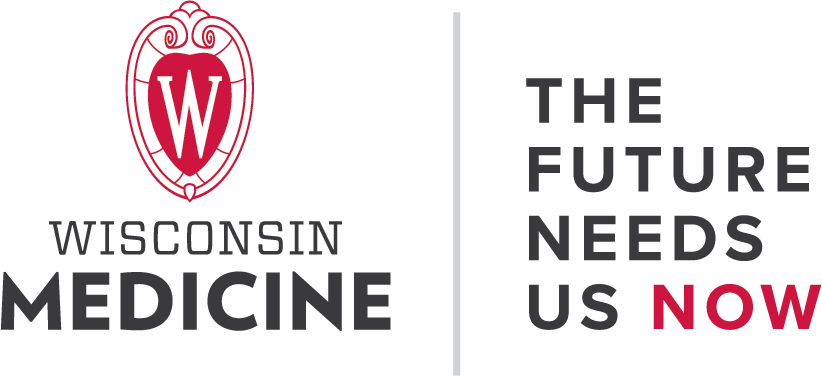Carbone Cancer Center marks 50 years of cancer innovation
With the National Cancer Act of 1971, the federal government devoted significant resources to a “war on cancer,” seeking better diagnostics and treatments to increase patient survival. Part of this effort included establishing innovative cancer research and treatment hubs across the U.S.
Since 1973, UW Health | Carbone Cancer Center has remained at the forefront of life-saving discoveries as Wisconsin’s only NCI-designated comprehensive cancer center.
“I’m very proud to be a part of that rich legacy,” said Dr. Howard Bailey, director of Carbone Cancer Center. “What we’ve done in my time, and what Carbone will continue to do, is honor that legacy by continuing to add to it: To be a global leader in cancer prevention, diagnosis and care.”
Legacy of discovery
UW’s roots as a hub of cancer innovation run deep.
In 1940, the McArdle Memorial Laboratory for Cancer Research became the first basic cancer research center founded by a university in the U.S. This effort was championed by Dr. Harold P. Rusch, who also was a driving force in securing UW’s NCI comprehensive cancer center status and served as the cancer center’s first director.
UW has been the birthplace of several significant treatments, including the Mohs Surgery for skin cancer, the chemotherapy drug 5-fluorouracil (5-FU), the breast cancer treatment tamoxifen, and TomoTherapy, a highly-precise form of radiation that minimizes impact on healthy tissue. UW researchers also established SPF ratings for sunscreen.
Bailey said the field of cancer research has changed drastically over the past 50 years. One of the most significant advances was establishing that genetic mutations — either inherited or developed during a person’s lifetime — drive cancer. Researchers also understand more about the unique variations in cancer cells that can be exploited as biomarkers for cancer detection and treatment.
“Cancer is not just one entity. Every individual cancer is just that — individual,” Bailey said. “And we’re learning that we have to approach, whether it’s the prevention, diagnosis or therapy of cancer with that in mind.”
Carbone’s focus on precision oncology includes theranostics, which combines targeted imaging of malignant cells with precise therapeutics delivery. This therapy could be especially promising for patients with metastatic disease. Immunotherapy is another approach that empowers the body’s immune system to find and kill cancer cells.
Carbone combines its lab research with a robust capacity for clinical trials that can open more treatment possibilities for patients at any stage of their illness.
Community-focused
One of the increasing challenges for researchers is securing funding. Intense competition for limited federal grants means showing proof of concept is crucial for successful applications. Donor support provides crucial “seed funding” to get ambitious new ideas off the ground.
“Donors have been critically important in allowing us to be innovative and take risks with our discovery research,” Bailey said. “And that’s likely why we’ve been more successful in getting more large, collaborative grants and awards now than we have many years ago.”
Tim Cleary, chair of Carbone’s Advisory Board, praised the center’s efficient leverage of fundraising dollars. He noted that $1 of every donation is multiplied by 15 in new grants and awards obtained by the center.
“When you give money to Carbone, you are supporting a world-class facility that is setting the standard of care, and it’s right here in Wisconsin,” he said. “This is the state’s cancer center.”
Bailey is grateful that Carbone has such strong support, noting that community impact is a cornerstone of the cancer center’s mission.
“I hope there is a sense of community ownership,” he said. “The people who give to us are part of our team. Our success is their success.”
Share Your Story
Did UW Health or the UW School of Medicine and Public Health have a life-changing impact on you or someone you love? Be part of the Wisconsin Medicine story by inspiring others with your story. Share it now.

